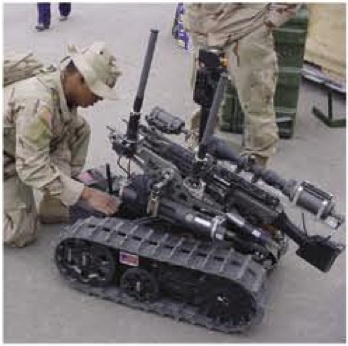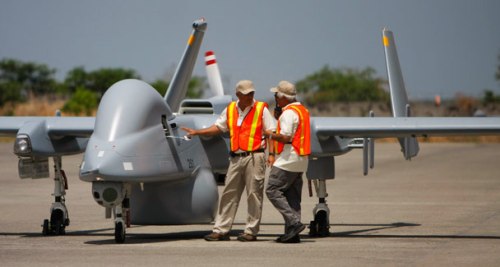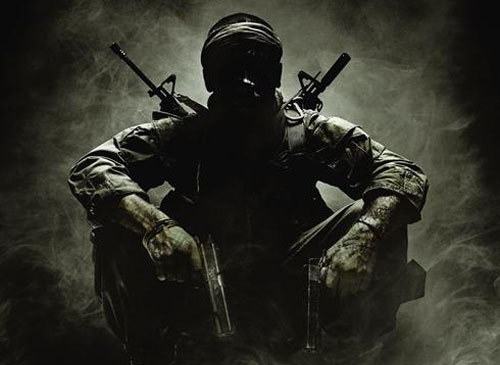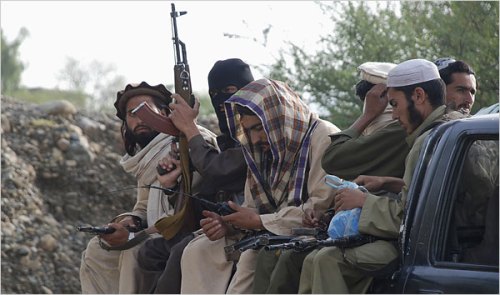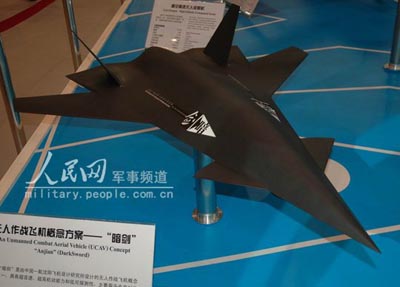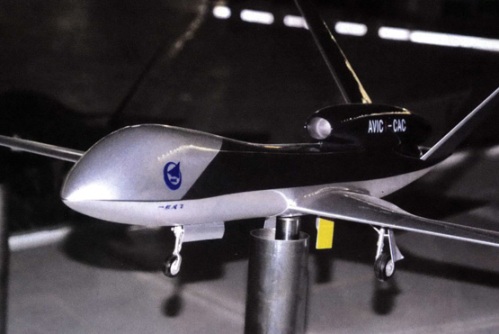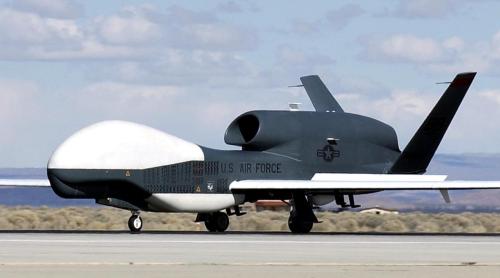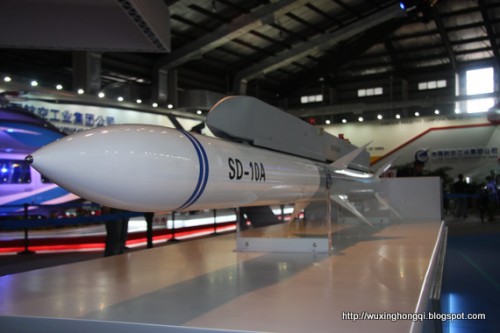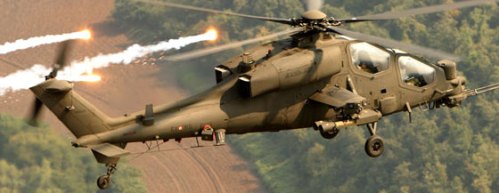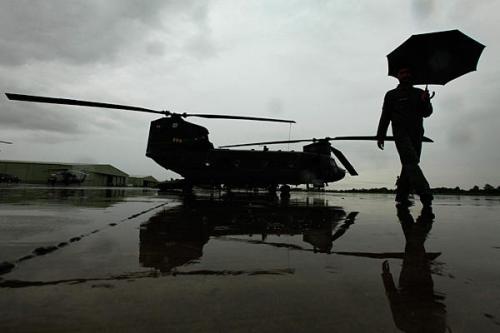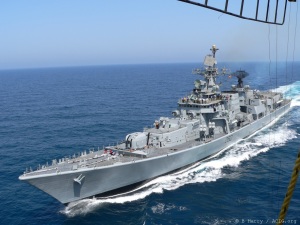O divine art of subtlety and secrecy! Through you we learn to be invisible, through you inaudible; and hence hold the enemy’s fate in our hands. – Sun Tzu (The Art of War)
The advant of technology and understanding the control of electronmagnetic specturm (EM) has taken the description of warfare to another level. Modern military forces rely heavily on a variety of complex, high technology, electronic offensive and defensive capabilities. EW is a specialized tool that enhances many air and space functions at multiple levels of conflict. Modern weapons and support systems employ radio, RADAR, infrared, laser, optical and electro-optical technologies. Modern military systems, such as the E-8C joint surveillance, target attack radar system (JSTARS), rely on access to the electromagnetic spectrum to accomplish their missions. So what exactly Electronic Warfare is?
EW is any military action involving the use of the EM spectrum to include directed energy (DE) to control the EM spectrum or to attack an enemy. This is not limited to radio or radar frequencies but includes IR, visible, ultraviolet, and other less used portions of the EM spectrum. As giving air and ground forces a superiority – the application of EW was seen in Operation Desert Storm (Gulf War) – Where self-protection, standoff, and escort jamming, and antiradiation attacks, significantly contributed to the Air Force’s success. Within the information operations (IO) construct, EW is an element of information warfare; more specifically, it is an element of offensive and defensive counterinformation. Electronic Warfare comprises of three main components: Electronic Attack – Electronic Protection – and finally Electronic Warfare Support, all includes the integrated Information Operations (IO).
Key to Electronic Warfare success is the control of Electromagnetic Spectrum Control. This is usually achieved by protecting friendly systems and attacking adversary systems. In reference to above mentioned three components of EW – Electronic Attack, limits adversary use of the electronic spectrum; – Electronic Protection – protects the use of the electronic spectrum for friendly forces, and Electronic Warfare Support – enables the commander’s accurate estimate of the situation in the operational area. All three must be carefully integrated to be effective. Friendly forces must prepare to operate in a nonpermissive EM environment and understand EW’s potential to increase force effectiveness.
Electronic Warfare for Air Forces
Air Force electronic warfare strategy embodies the art and science of employing military assets to improve operations through control of the EM spectrum. An effective EW strategy requires an integrated mix of passive, disruptive, and destructive systems to protect friendly weapon systems, components, and communications-electronics systems from the enemy’s threat systems. During the Gulf War, EF-111 RAVENS were used successfully against Iraqi radars and communications facilities. Conflicts in Vietnam and the Middle East provided deadly reminders of the necessity for effective EW against advanced threats and of the intense effort required to counter these threats. Current technology has given rise to new enemy capabilities, which includes the use of microwave and millimeter wave technologies, lasers, electro-optics, digital signal processing, and programmable and adaptable modes of operation.
During the Vietnam War EB-66 was used against terminal threat radars, surface to air missiles (SAM) and anti aircraft artillery (AAA) as well as used as stand-off jamming platforms. EB-66 modified version of U.S light bomber B-66 Destroyer (shown above). The RB-66C was a specialized electronic reconnaissance and ECM aircraft with an expanded crew of seven, including additional electronics warfare experts. A total of 36 of these aircraft were built with the additional crew members housed in what was the camera/bomb bay of other variants. RB-66C aircraft had distinctive wingtip pods and were used in the vicinity of Cuba during the Cuban Missile Crisis and later over Vietnam. In 1966, these were redesignated EB-66C. After the retirement of B-66, General Dynamics/Grumman EF-111A (shown below) Raven came to play the role. EF-111A Raven was an electronic warfare aircraft designed to replace the obsolete B-66 Destroyer in the United States Air Force. Its crews and maintainers often called it the “Spark-Vark”, a play on the F-111’s “Aardvark” then nickname.

An EF-111A Raven aircraft supplies radar jamming support while enroute to Eglin Air Force Base during the multi-service Exercise SOLID SHIELD '87.
EF-111A achieved initial operational capability, in 1983 EF-111s first saw combat use with the 20th Tactical Fighter Wing at RAF Upper Heyford during Operation El Dorado Canyon in 1986 (retaliatory attack on Libya), Operation Just Cause in 1989. The EF-111A served in Operation Desert Storm in 1991. On 17 January 1991, a USAF EF-111 crew: Captain James Denton and Captain Brent Brandon (“Brandini”) archived an unofficial kill against an Iraqi Dassault Mirage F1, which they managed to maneuver into the ground, making it the only member of the F-111/FB-111/EF-111 family to achieve an aerial victory over another aircraft.
Operational Concepts
The effective application of electronic warfare in support of mission objectives is critical to the ability to find, fix, track, target, engage, and assess the adversary, while denying that adversary the same ability. Planners, operators, acquisition specialists, and others involved with Air Force EW must understand the technological advances and proliferation of threat systems in order to enable friendly use of the EM spectrum. To control is to dominate the EM spectrum, directly or indirectly, so that friendly forces may exploit or attack the adversary and protect themselves from exploitation or attack. Electronic warfare has offensive and defensive aspects that work in a “movecountermove” fashion. To exploit is to use the electromagnetic spectrum to the advantage of friendly forces. Friendly forces can use detection, denial, disruption, deception, and destruction in varying degrees to impede the adversary’s decision loop. For instance, one may use electromagnetic deception to convey misleading information to an enemy or use an enemy’s electromagnetic emissions to locate and identify the enemy. To enhance is to use EW as a force multiplier. Careful integration of EW into air and space operations will detect, deny, disrupt, deceive, or destroy enemy forces in varying degrees to enhance overall mission effectiveness. Through proper control and exploitation of the EM spectrum, EW functions as a force multiplier and improves the likelihood of mission success.
Billion Dollar Market For Electronic Warfare
Forecast International’s “The Market for Electronic Warfare Systems” projects an estimated $28.4 billion will be spent over the next 10 years on the development and production of the major EW systems. Some 44,807 units of leading Electronic Countermeasures (ECM), Radar Warning Receivers (RWRs), Electronic Support Measures (ESM), and other EW systems that make up this analysis will be produced. The top-ranked EW producers cited in the analysis (out of a total of 22 companies considered) are Northrop Grumman, BAE Systems, Raytheon, ITT, and Lockheed Martin. While production of leading missile countermeasures systems has helped position some of these companies at the top of the ranking, others are leading the development of all-important, next-generation technology. It is important to add that today’s EW market leaders are firmly established because of their ability to provide much-needed EW systems for immediate deployment to the battlefield. To cite just one example, despite some defense budget tightening, the Pentagon is expected to spend over $560 million through FY13 on procurement of Northrop Grumman’s Large Aircraft Infrared Countermeasures (LAIRCM) system for various Air Force aircraft. The service has declared that its long-range desire is to equip a total of 444 aircraft with the system. The market for systems to defeat improvised explosive devices (IEDs) will also warrant close monitoring in the years ahead. With the recent surge of U.S. troops into Afghanistan, there has also been an increase in the occurrence of IED attacks. To counter these attacks, a competition is currently under way for development of a Counter Radio-Controlled Improvised Explosive Device (RCIED) Electronic Warfare (CREW) 3.3 system of systems. The U.S. Naval Sea Systems Command in October 2009 awarded firm-fixed-price contracts to two companies for CREW 3.3 System of Systems development. ITT Force Protection Systems was awarded $16 million, while Northrop Grumman Space and Mission Systems, Network Communication Systems was awarded $24.3 million. International ventures will also have a significant impact on the EW market through the new decade. The primary platform for ITT’s ALQ-214 Radio Frequency Countermeasures (RFCM) system is the U.S. Navy’s F/A-18E/F Super Hornet. Through its association with the jet fighter, a potentially growing export market for the ALQ-214 has begun to emerge. For example, the system will equip the F/A-18Fs purchased by Australia a stopgap measure until its F-35 fleet is ready for service.
I will continue the implementation and integration of three major components of Electronic Warfare in my next post. Please do check back






